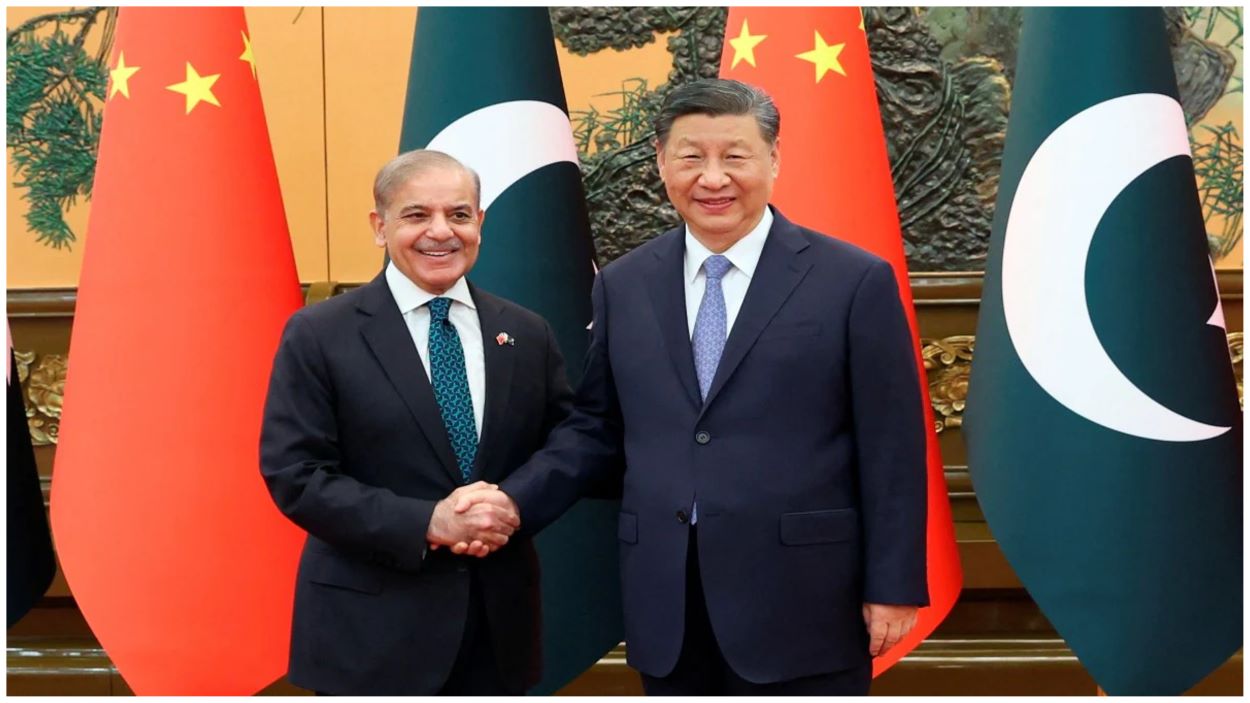On June 30, 2025, reports emerged that Pakistan and China are advancing plans for a new regional organisation to replace the South Asian Association for Regional Cooperation (SAARC). Aimed at enhancing trade and connectivity, the proposal follows SAARC’s inactivity since 2014.
Pakistan and China, in advanced discussions, seek to establish a new regional body to foster integration and connectivity across South Asia. The Express Tribune reports that both nations view this as essential, given SAARC’s dormancy due to India-Pakistan tensions. A trilateral meeting in Kunming, China, on June 19, involving Pakistan, China, and Bangladesh, laid the groundwork for inviting former SAARC members, including Sri Lanka, the Maldives, and Afghanistan, to join the new grouping. India is also expected to receive an invitation, though sources suggest it may not participate due to differing interests.
Bangladesh’s interim government dismissed claims of a political alliance, with Foreign Affairs Adviser M. Touhid Hossain stating, “We are not forming any alliance.” He clarified that the Kunming meeting was an official-level discussion, not a political manoeuvre, emphasising no intent to create a formal bloc. This stance highlights Bangladesh’s cautious approach to regional alignments amid the proposed changes.
SAARC’s Decline and Challenges
SAARC, established in 1985 with eight members—India, Afghanistan, Bangladesh, Bhutan, Maldives, Nepal, Pakistan, and Sri Lanka—has been inactive since its last summit in Kathmandu in 2014. The 2016 summit in Islamabad was cancelled after India withdrew following a terrorist attack in Uri, Jammu and Kashmir, with Bangladesh, Bhutan, and Afghanistan also opting out. Ongoing India-Pakistan conflicts have stalled SAARC’s goals of economic and social development, prompting Pakistan and China to propose an alternative.
The proposed bloc aims to enhance regional engagement through improved trade and connectivity, addressing gaps left by SAARC’s inactivity. Unlike SAARC, which struggled with intra-regional trade at just 1% of its GDP, the new organisation seeks to prioritise economic cooperation and infrastructure development, potentially aligning with initiatives like the China-Pakistan Economic Corridor. The inclusion of like-minded nations could streamline decision-making, though India’s participation remains uncertain.
The Pakistan-China initiative signals a shift in South Asian geopolitics, aiming to revive regional cooperation amid the collapse of SAARC. It reflects efforts to counter India’s regional influence while fostering






